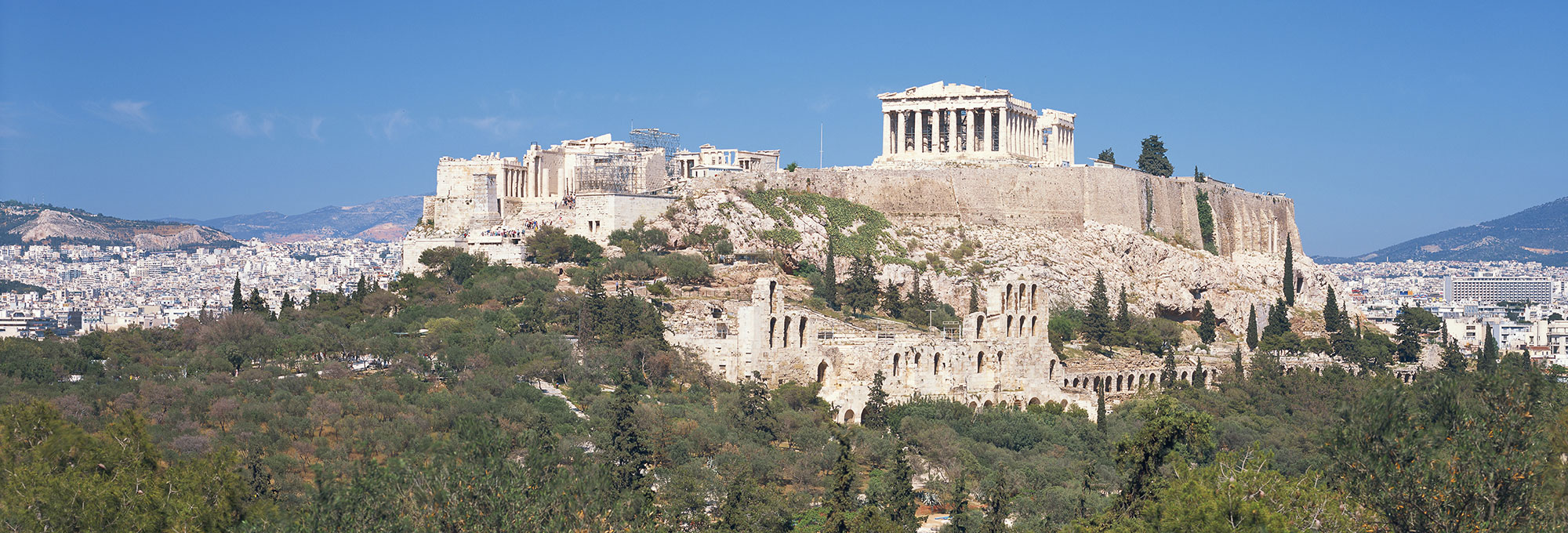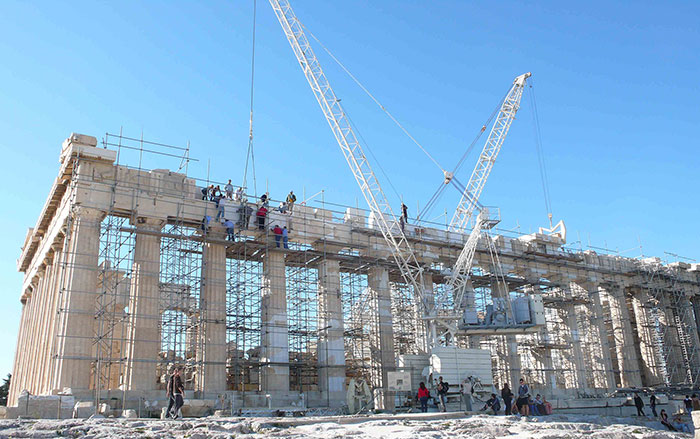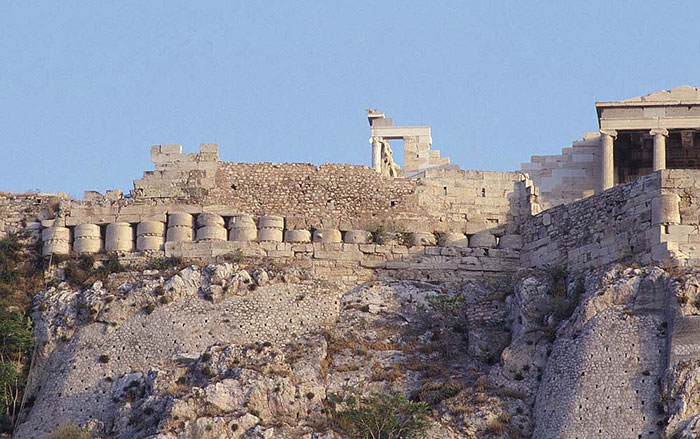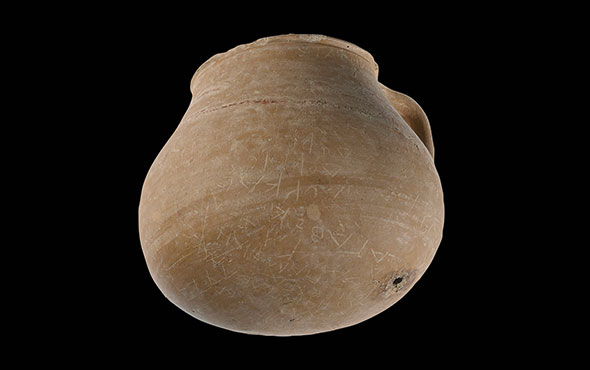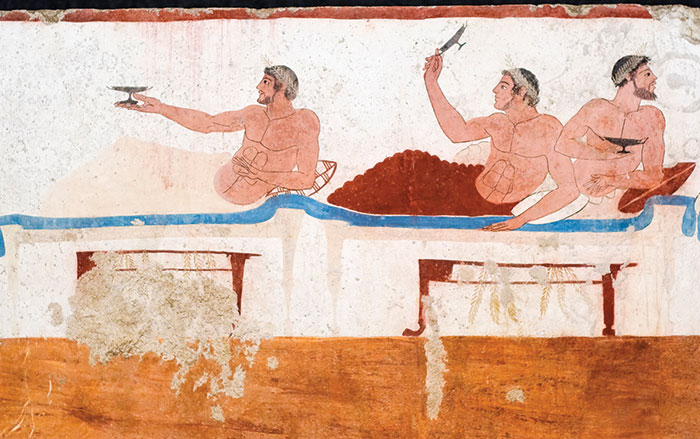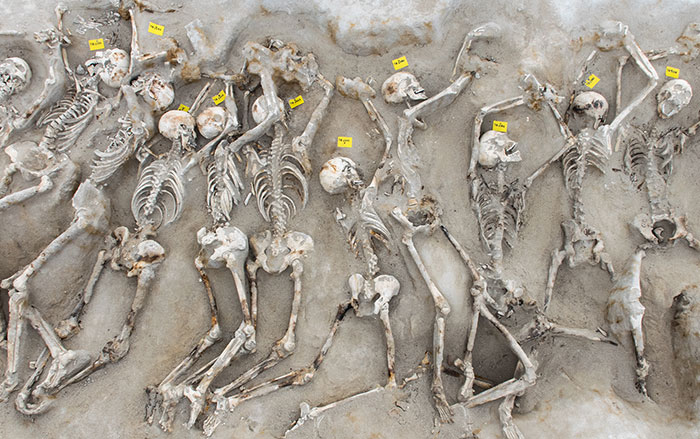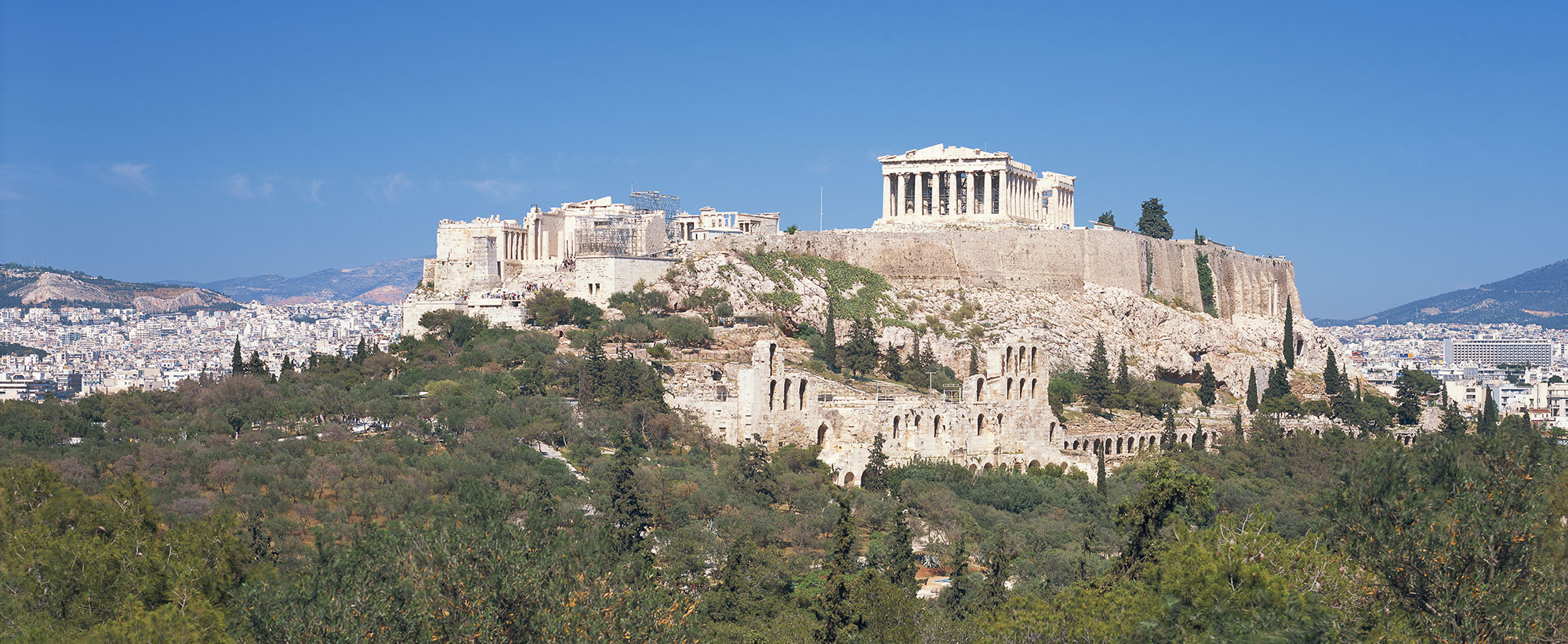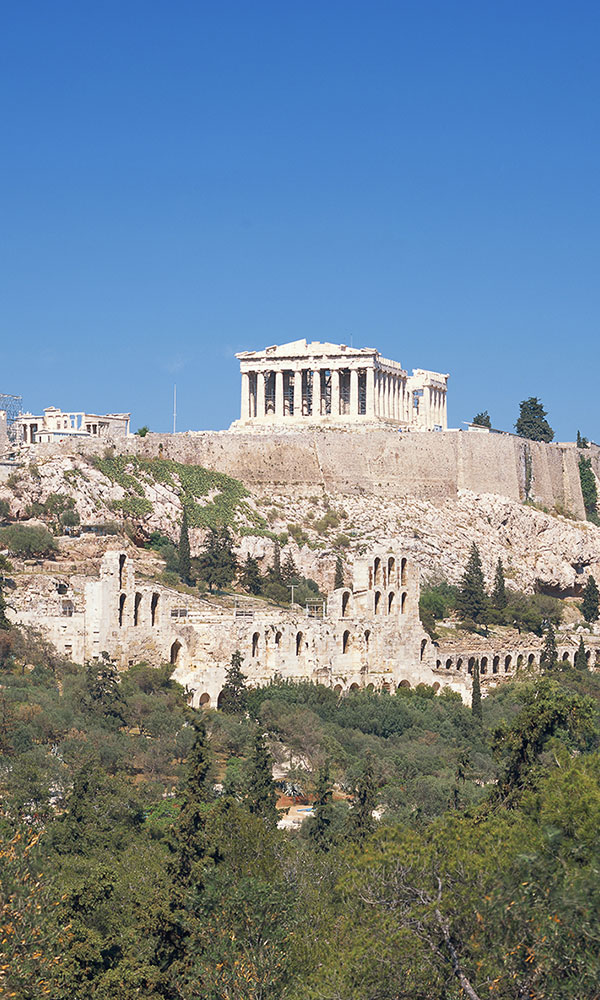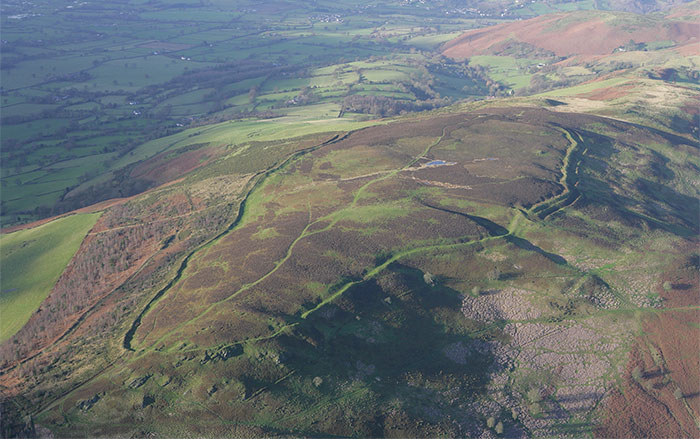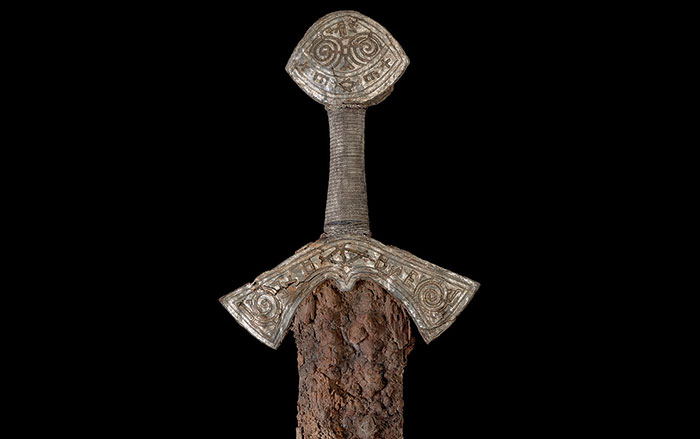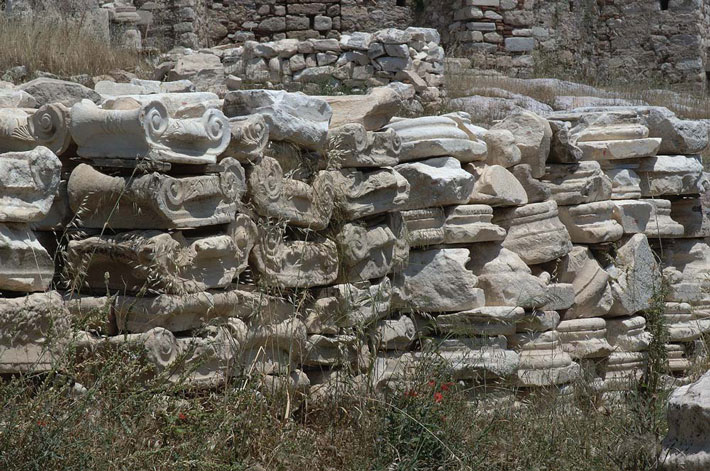
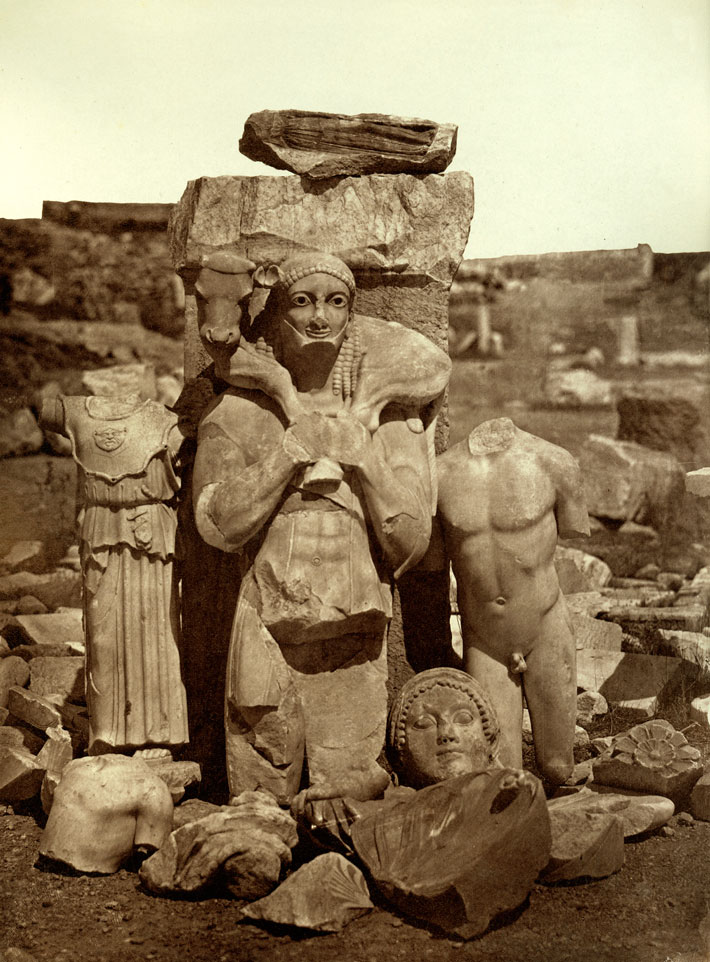
Archaeology, and in particular restoration and conservation of buildings and artifacts, is often described as a jigsaw puzzle, and there likely is none more complex than the scattered stone and marble architectural fragments that lie on the Acropolis. Since 1977, the main goal for researchers there has been to photograph, draw, record, and catalogue these fragments in an attempt to associate them with their original structures, and, if possible, to use them for anastylosis. Thus far more than 20,000 worked pieces of stone and marble have been collected, and 10,000 more without worked surfaces have also been recorded. Of these, at least 65 have been attributed to the Propylaia, four to the Erechtheion, 500 to the “Old Temple,” (the sixth-century B.C. temple the Erechtheion replaced), more than 120 to the Parthenon’s predecessors, and 197 to the Parthenon itself—including many pieces of the “lost” central metopes of the south side of the building, which was blown up in 1687.
This material is also helping re-create a part of the Acropolis’ story that is sometimes forgotten. “The classical Acropolis was far more than just the four major fifth-century buildings,” says classical art historian Jeffrey Hurwit. “It was a very crowded place filled with a sanctuary of Artemis, another of Zeus, another of a hero named Pandion, the Chalkotheke [a bronze warehouse], and hundreds of bronze and marble statues dating to various periods that must have clogged or encroached upon paths through the Acropolis.” Although the remains of many of these ancient monuments are so paltry that true restoration is out of the question, they might remain otherwise little known or even completely unknown but for the scattered fragments that remain.




